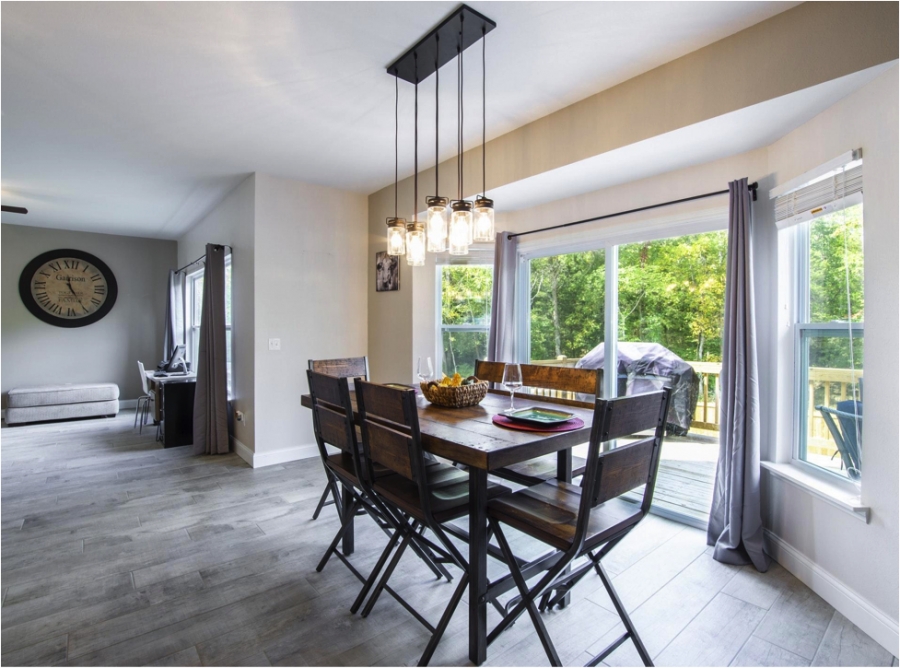According to a US Census Bureau report, 12.6 percent of non-institutionalized Americans were living with a disability in 2015. While your situation is a unique one that requires special attention, you are certainly not alone. However, the average home might not be the right dwelling for you. Instead of staying in a place that’s not suited to your lifestyle, consider moving into a home that’s designed for your safety and needs. A realtor that specializes in accessible homes can help you get started.
Finding Your Next Home
With the Internet serving as a haven for home listings, a world of options is at your fingertips. Just about every home listing site has a search feature that allows you to filter results for accessible housing. Try searching “handicap access” or “disability access” to see what’s on the market and which house offers the best features. Since each individual has unique needs, you might not find a house that has everything to accommodate your life, but you might find something close. It could help to find a home that was lived in or designed by someone with a similar condition as yours. The more similar your condition and impairments, the less you’ll need to modify.
Preparations
Before you move into your new home and start making modifications, prepare your new home for your arrival. Safety should always be the top priority. Secure your home by having your locks changed. An online search tool can help you find a trustworthy locksmith, along with other vendors for various jobs around the house. Hire a cleaning crew to deep clean the place of toxins and allergens, especially if you suffer from a condition that can be triggered by poor indoor air quality. Find a flooring company to rip out the carpets and replace them with non-slip floors, such as laminate, vinyl, hardwood, and ceramic tile. Other modifications can be made once you’re living in the home, but these things are easier to handle when the house is empty.
Buy a Home and Modify It
Sometimes, you can’t find a dream home that features the accessibility you need, but you can turn your dream home (or your current one) into an accessible home with a little work. If you’re unable to climb stairs, the main thing to avoid is having a second floor; thankfully, there’s no shortage of single-story homes on the market. Some houses come with small steps leading from one room to the next or at the entrances, but a ramp can alleviate the difficulty of getting up and down the stairs.
Wider doorways can make it easier for you to get around, as will an open floor plan. Aim for fewer hallways and walls so that there are fewer obstacles to navigate around. To make daily living easier and safer, look into design modifications such as grab bars in the bathroom and a walk-in shower with a bench instead of a step-in tub.
It may seem overwhelming to embark on a big move, but it’s manageable with the right resources and a reasonable plan. Recruit some help from family or friends, and start making those moves. Whether you’re disabled and require accessible accommodations or you’re simply in need of a change, your new home awaits.







